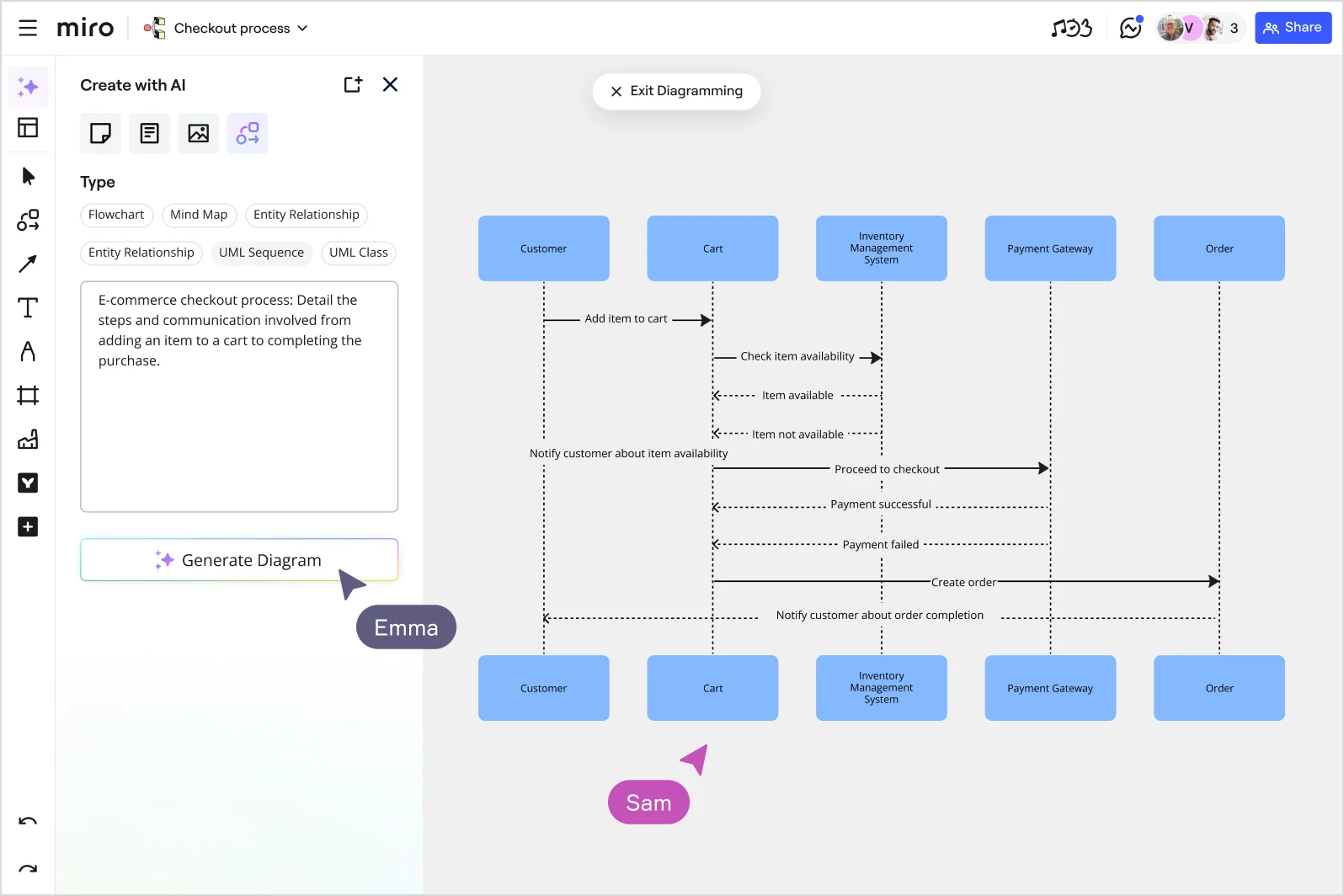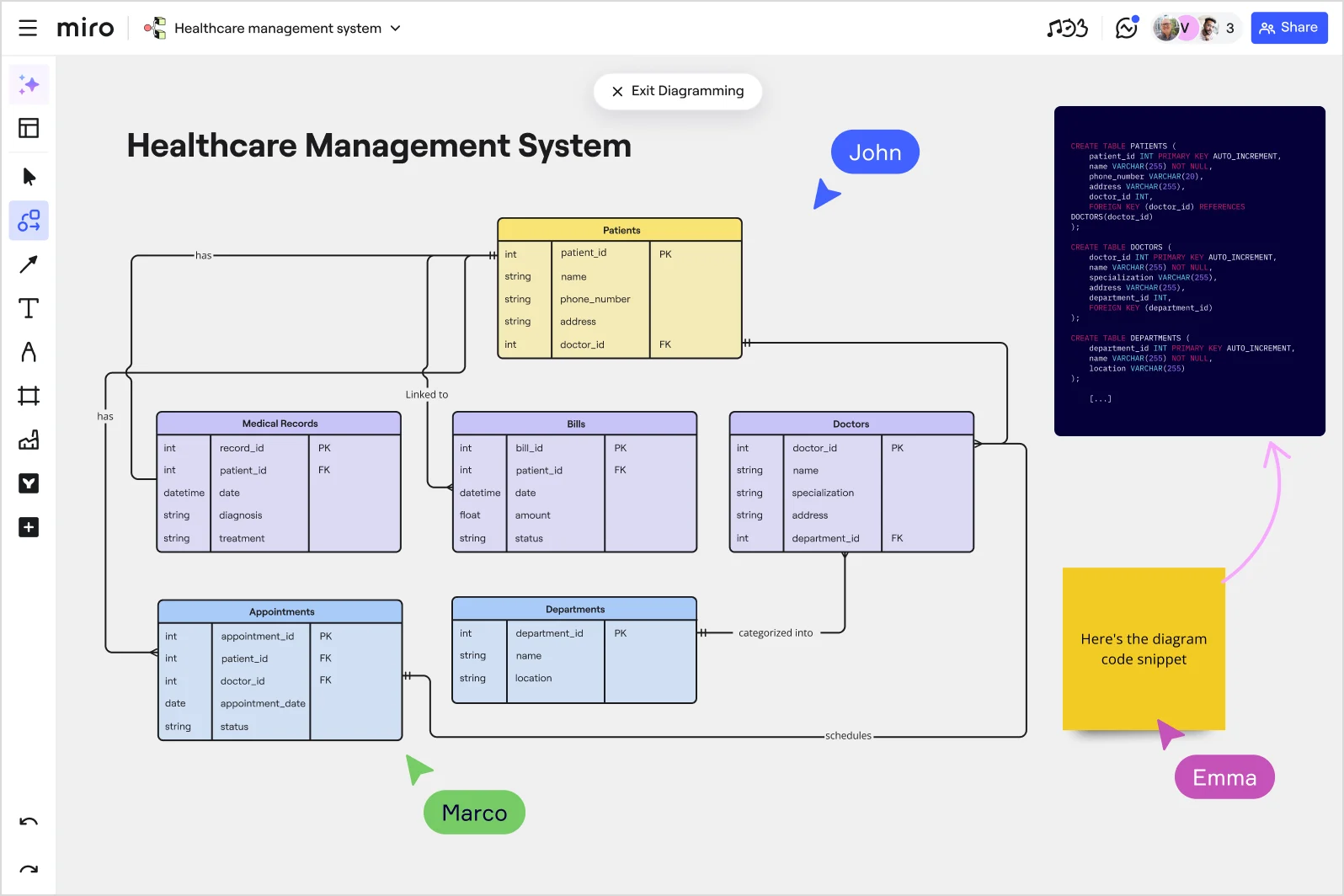Getting to Know Miro
Miro is a
collaborative platform developed to help teams work together on a coordinated
digital whiteboard. It offers a space where users can engage in activities such
as brainstorming, strategic planning, and workflow mapping. Miro's adaptability
makes it useful across various sectors, including design, education, and
business. Its interface is designed to be intuitive, allowing individuals with
varying levels of technical expertise to navigate the platform efficiently.

Miro includes tools
like sticky notes, drawing options, and even video call features all in one
place. Starting a project can be simple since it provides various templates
that fit different situations, whether you're planning or brainstorming. It
also allows team members to work together in real-time, which can make
discussions feel more connected and interactive.

How Miro's Features Work for Teams
Miro offers a range
of templates tailored for tasks like brainstorming, project planning, and
workflow management. Teams can choose one that fits their project and customize
it to suit their specific needs. This setup helps streamline the start of a
project, so teams can dive into their work without the delays of setting up
everything from scratch.
The platform also
integrates with other widely-used tools like Slack, Jira, and Microsoft Teams.
For example, if you connect a Miro board with a Jira project, the team can
easily keep track of updates in one spot. It's a simple way to keep everyone on
the same page without jumping between different apps all the time.

How Does Miro Support Collaboration Across Different Business Teams?
Miro supports
collaboration by offering a shared space for departments like marketing,
product development, or HR to work together. Marketing teams might use it to
plan out campaigns while developers share design ideas—all on the same digital
board. Features like journey maps and product roadmaps are there to help
everyone stay on track. It’s not always easy to juggle feedback from multiple
teams, but tools like tagging and comments can simplify the process.
You have exceeded your free limits for viewing our premium content
Please subscribe to have unlimited access to our innovations.